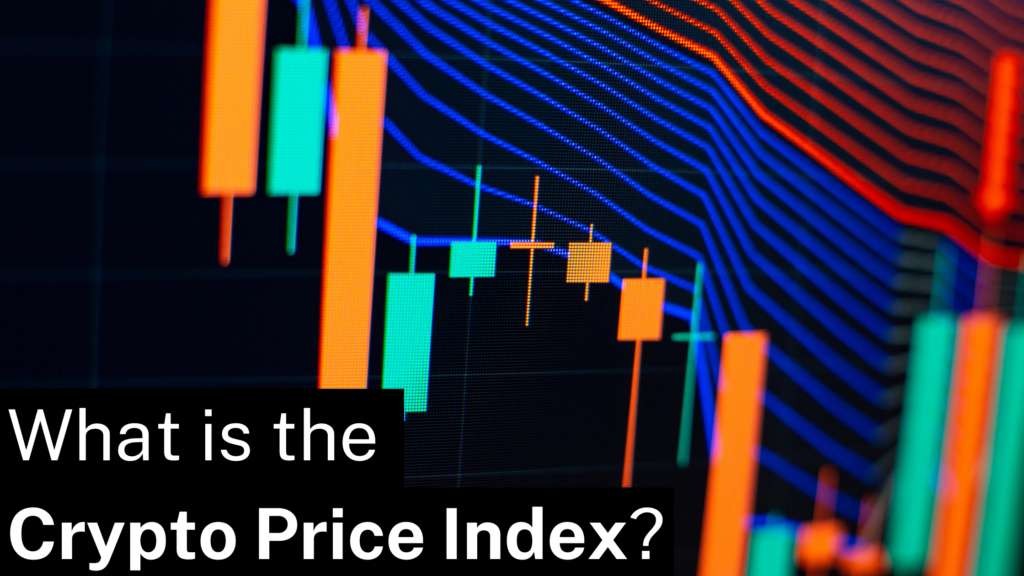What is the Crypto Price Index?
The Crypto Price Index (CPI) is an index that can be interpreted as a measure of the overall strength and direction of the cryptocurrency market.
The Long Definition
The Crypto Price Index is an index that tracks the values of the top cryptocurrencies being traded across various exchanges. In doing so, it acts as a benchmark that investors can use to tell the overall direction of the market.
CPI is the crypto equivalent of the Dow Jones Industrial Average (DJIA). DJIA tracks the stock price of 30 top companies trading on the Nasdaq and the New York Stock Exchange (NYSE). It’s considered by many investors to be a good indicator of the strength of the United States Economy.

History of the Crypto Price Index
The CPI project was founded in 2017 by Herbert Law and Scotty Crandlemire. Since then, it has been built as a decentralized ecosystem. Its infrastructure is deployed across the Ethereum blockchain and the Binance Smart Chain.
Then, in 2019, CPI offered presale registration for their tokens. The Initial Exchange Offering (IEO) came later, in July 2020.
How does CPI Work?
The CPI uses an algorithm to track the trading prices of the top cryptocurrencies. This happens across the following decentralized exchanges: Uniswap, Hotbit, Balancer, dDexx, Bilaxy, and 1inch. The prices are then calculated into a weighted average to represent the crypto market’s health.
The value of the index changes with that of the cryptocurrencies it contains. If the crypto economy is healthy and prices are rising, CPI will rise. And if the prices are falling, CPI will also drop.
Being a weighted average, different assets have different weights in the index. Generally, top cryptocurrencies, like Bitcoin and Ethereum, are given greater weight. Therefore, changes in their prices have a bigger impact on the final value.
Broadly speaking, CPI tracks the top 200 cryptocurrencies. However, the CPI project has several smaller “index funds” that try to be more specific to the needs and interests of investors. These are:
- CPI 5 Index Fund: Follows the top 5 assets in the marketplaces: Wrapped Ethereum (wETH), Wrapped Bitcoin (wBTC), LINK, UNI, and the CPI token.
- CPI 8 Index Fund: Follows the top 8 cryptocurrencies: wETH, wBTC, LINK, UNI, MATIC, AAVE, MKR, and CPI.
- CPI DeFi 8 Fund: Follows eight tokens issued by organizations working on popular DeFi products. These are CPI, LINK, COMP, DEFI+S, DEFI+L, CRV, AAVE, and ZRX.
- CPI VXL Funds: Composed of what the project considers to be relatively stable assets. The goal is to “maximize profit even in volatility.” These are USDC, LINK, COMP, DEFI+S, DEFI+L, CRV, and CPI.

What is the CPI Token?
Being a decentralized project, CPI is owned and managed by its members. The CPI token acts primarily as a governance token. Ownership of the token allows the holder to participate in the governance of the ecosystem.
Can You Invest in CPI?
Yes. However, CPI is an index, not an asset. So, you won’t buy it in the same way that you would buy a cryptocurrency or token. Investors buy into CPI through CPIx, a decentralized exchanges-traded portfolio (dETP).
A dETP is similar to an Exchange Traded Fund (ETF), an asset whose value is tied to that of its underlying assets. So when you buy it, you’re essentially investing in the underlying assets. If you find it hard to understand the logic behind ETFs, check out our article on blockchain ETFs.
In this case, CPIx tokens track the value of external crypto assets. These include assets like wBTC, wETH, MATIC, etc. The letter “x,” in this case, represents the number of assets tracked by the token.
Want to join the Dypto journey? Follow our socials!